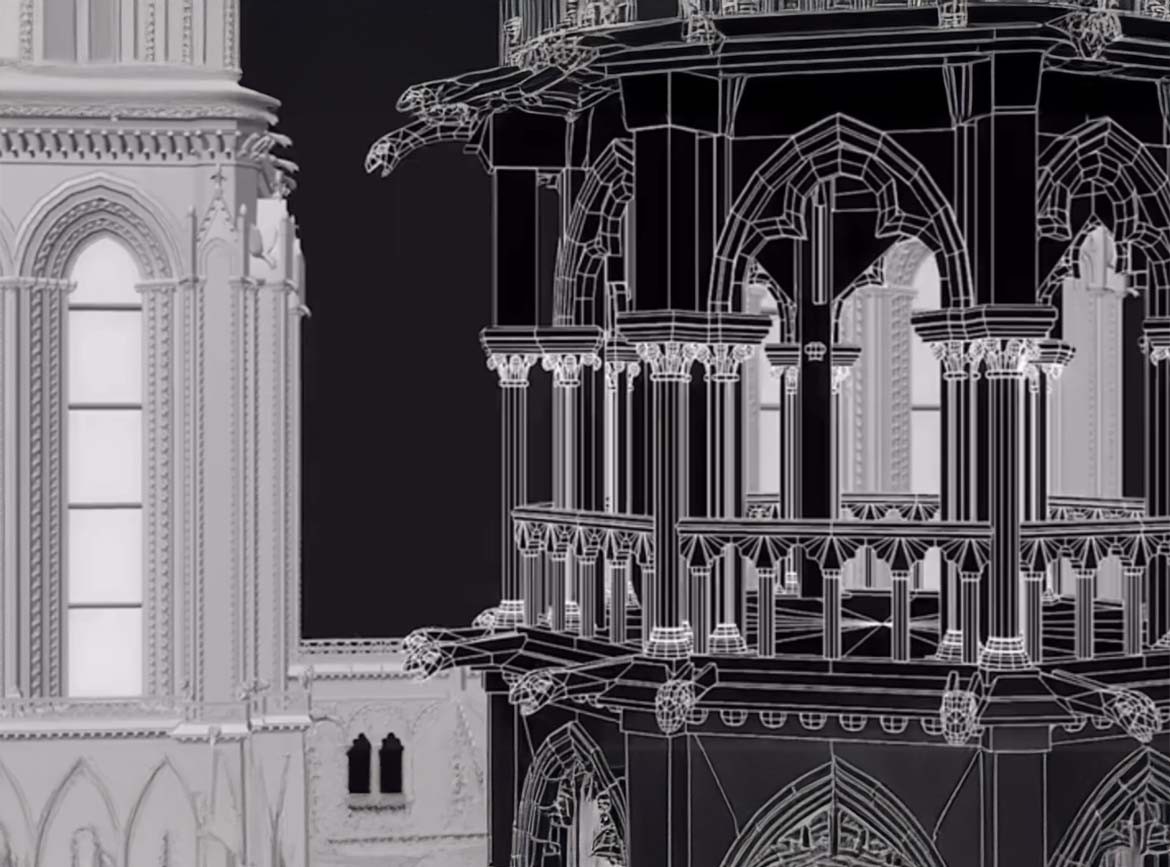The Digital Rebirth of Notre-Dame
Visualization: CNRS | Digital reconstruction of Notre-Dame using modern 3D technologies.
How AI and 3D Scanning Enable the Restoration of Notre-Dame
After the devastating fire at Notre-Dame Cathedral in 2019, the world faced the challenge of reconstructing one of Europe’s most iconic landmarks in meticulous detail. Thanks to modern 3D scanning technologies, artificial intelligence, and spatial computing, a digital rebirth has become possible.
- High-precision 3D scans: Laser scanning and photogrammetry capture the architecture down to the finest details.
- AI-powered analysis: Algorithms reconstruct damaged structures based on historical images.
- Digital twins: The reconstruction is tested in virtual 3D models before physical restoration measures take place.
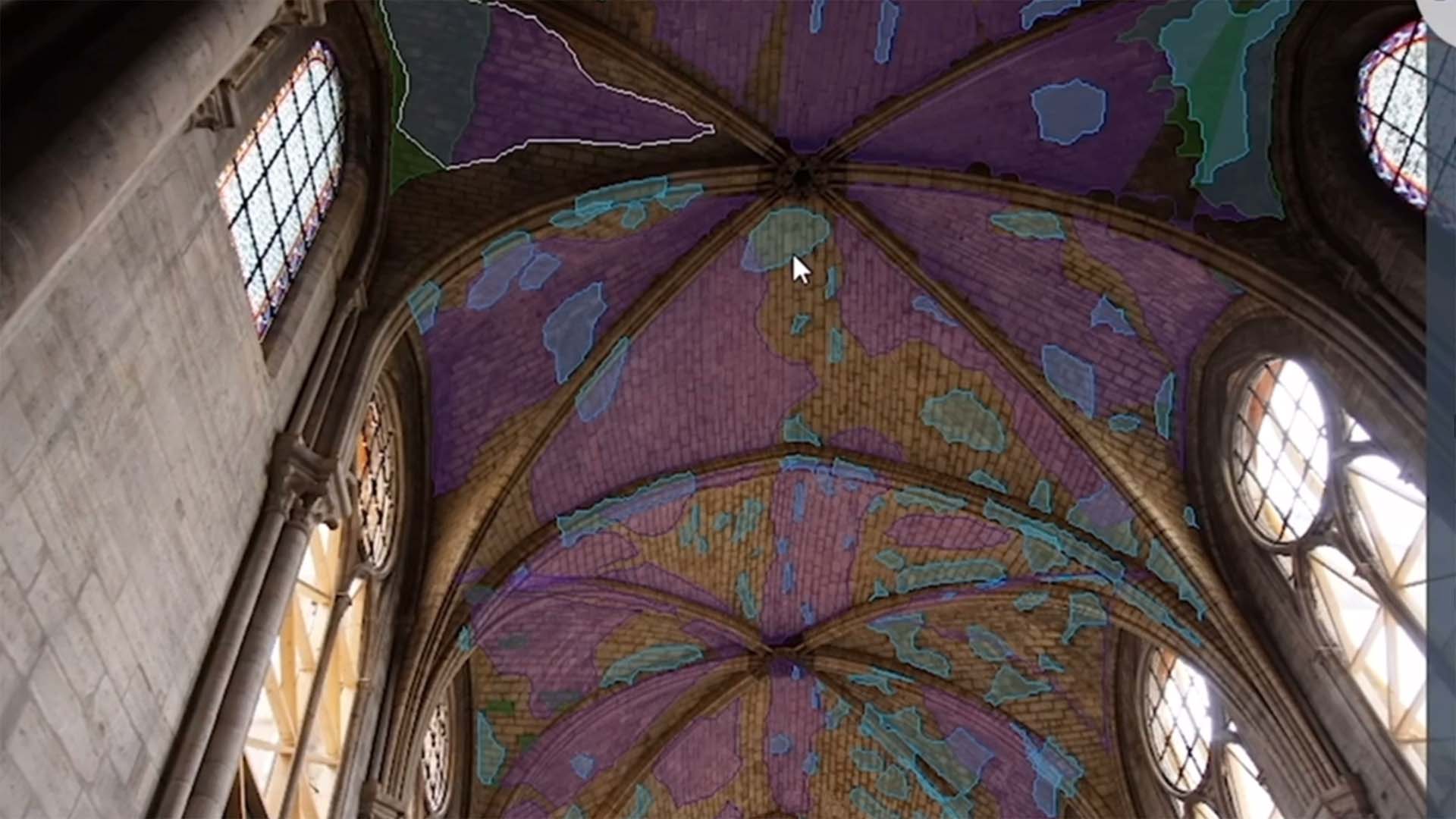
Precise 3D scans as a basis for restoration
Visualization: © CNRS | 3D scans as a basis for restoration.
A Race Against Time: Digital Technology as the Key to Rescue
The reconstruction of Notre-Dame Cathedral would not have been possible at this speed without modern digital technologies. After the devastating fire of 2019, France faced an immense challenge: how could one of the world’s most important historical buildings be faithfully restored?
Thanks to the combination of laser scanning, photogrammetry, artificial intelligence, and an innovative 3D technology called Gaussian Splatting, engineers and restorers were able to work with precision – and in record time.
- Laser scanning: Capturing the original architecture with millimeter accuracy.
- Photogrammetry: Using thousands of photos for reconstruction.
- AI-powered simulations: Calculating structural stability and material behavior.
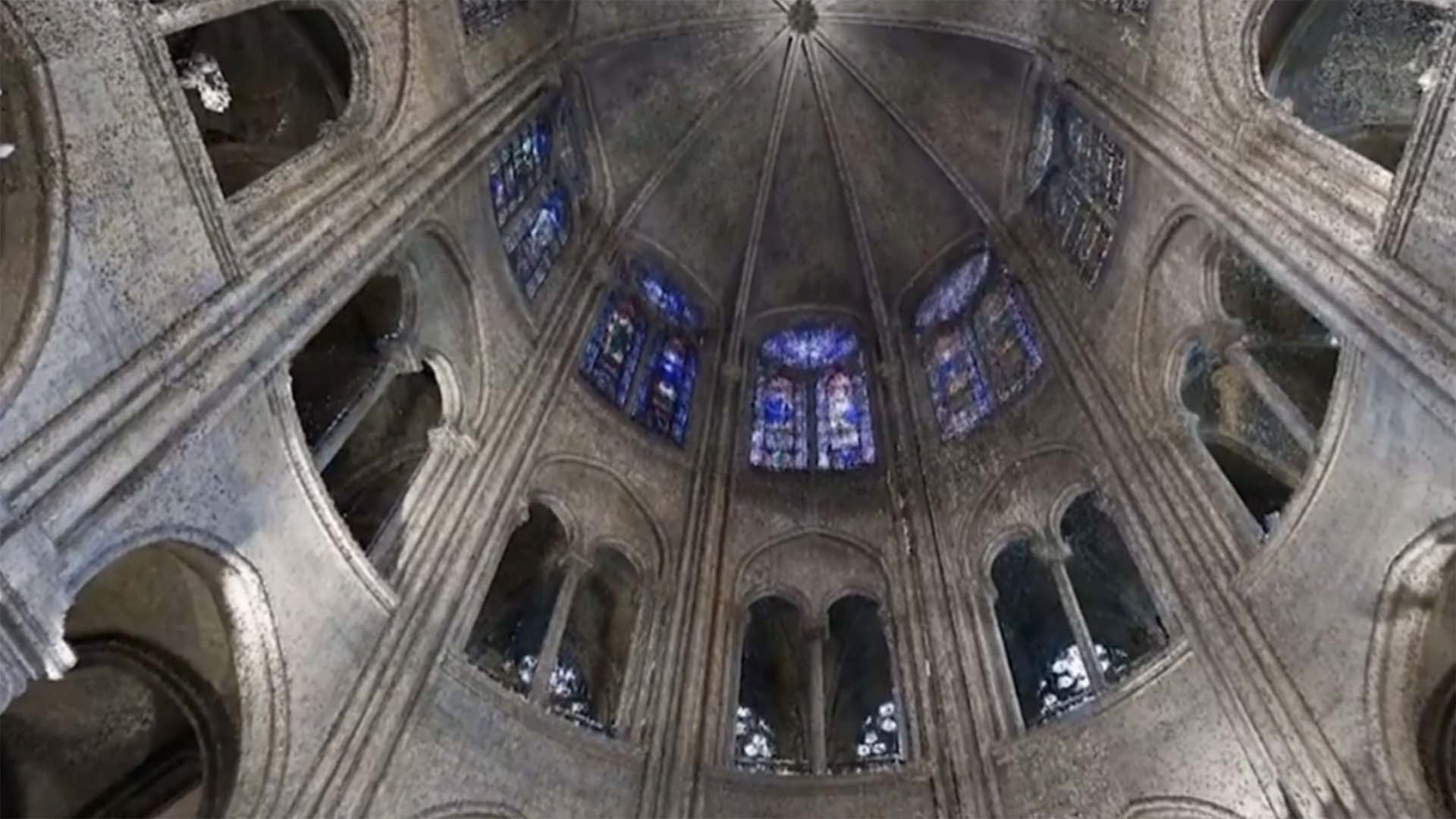
Digital Reconstruction
Visualization: © CNRS | High-precision 3D laser scans enabled an exact replica of Notre-Dame.
Machine Learning: Reconstructing Destroyed Building Elements
A crucial factor in the restoration of damaged or destroyed elements was the use of artificial intelligence. Algorithms analyzed historical drawings and photographs to precisely reconstruct the missing architectural parts.
Additionally, AI-driven simulations helped analyze the behavior of construction materials and ensure the building’s stability. This was especially important for restoring the famous vaulted ceilings.
- Historical references: AI models analyzed old blueprints and drawings.
- Automated model generation: AI created detailed 3D reconstructions.
- Material behavior: AI simulations optimized structural stability.
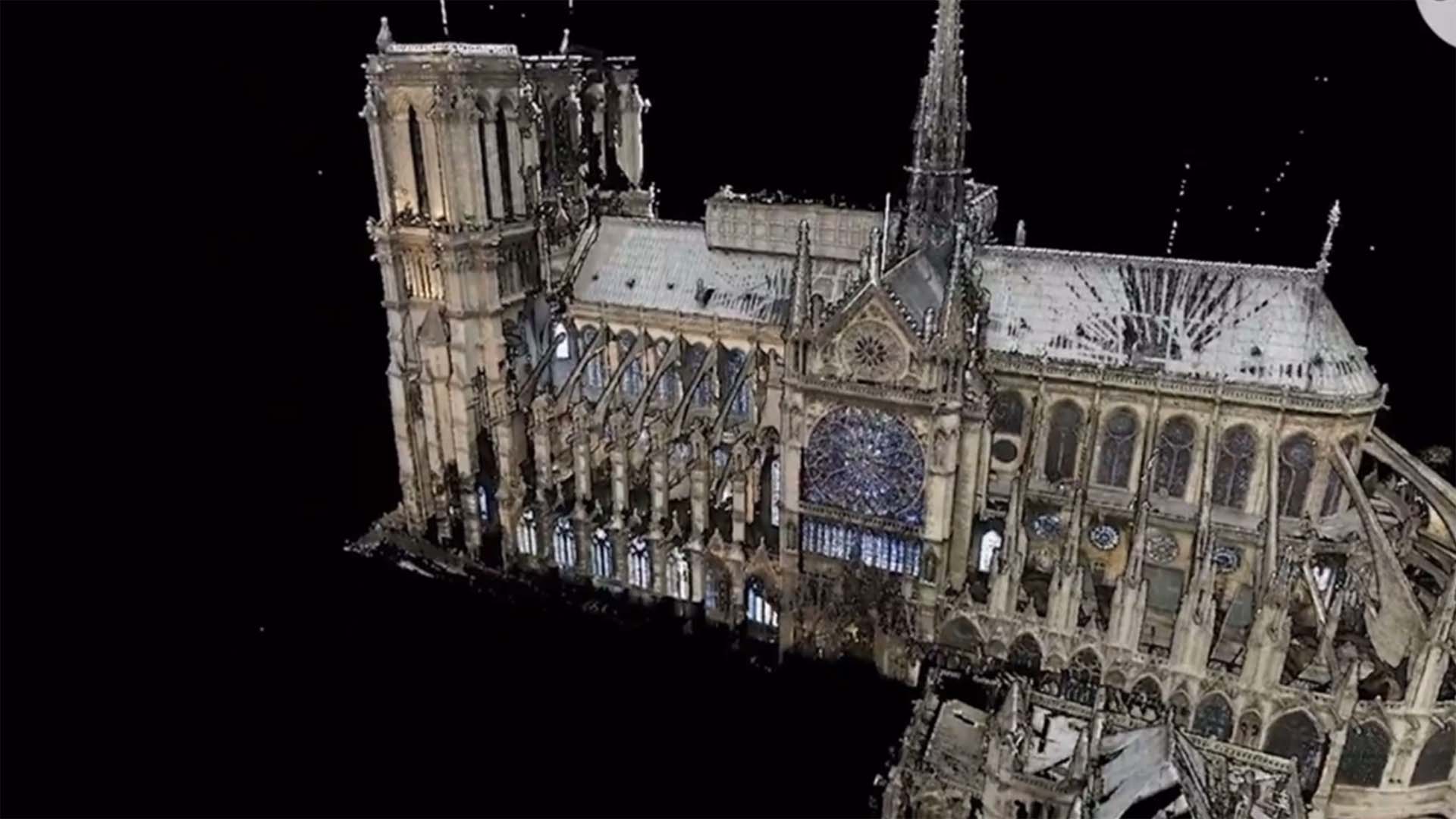
Artificial Intelligence in Restoration
Visualization: © CNRS | AI-generated 3D models helped restore destroyed architectural details.
Gaussian Splatting: Highly Detailed 3D Models in Real-Time
One of the most innovative technologies used in the reconstruction of Notre-Dame is Gaussian Splatting. This method allows the use of millions of semi-transparent Gaussian primitives to create highly detailed and memory-efficient 3D models.
Unlike traditional polygon models, Gaussian Splatting can represent fine details and light reflections with minimal computational effort, enabling an extremely realistic representation of the cathedral.
- Extremely high detail fidelity: Depicting the smallest architectural features.
- Memory-efficient models: Reduced data volume with high quality.
- Realistic light simulation: Optimal calculation of shadows and reflections.
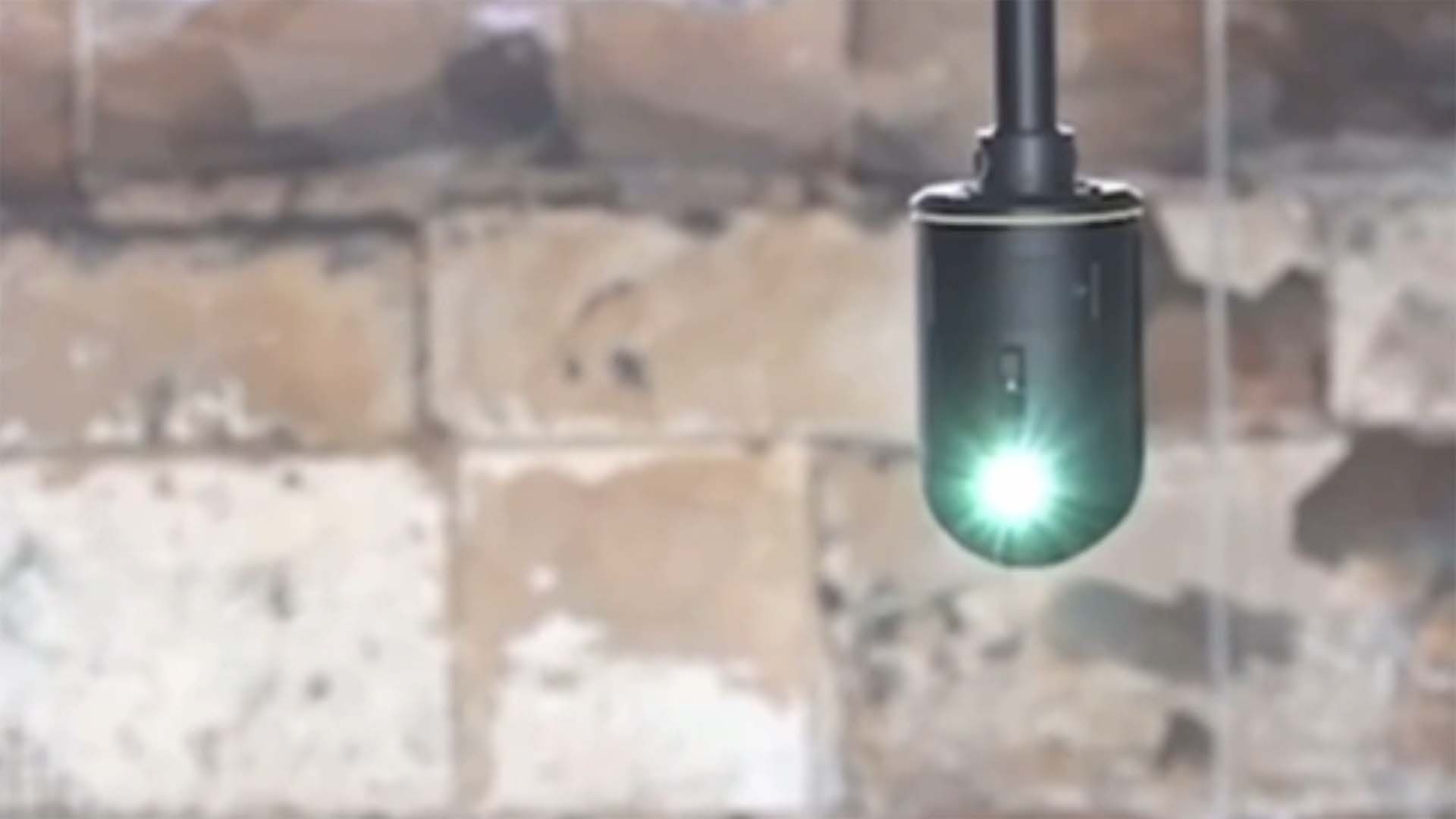
Innovative 3D Technology
Photo CNRS: Gaussian Splatting enabled high-resolution digital reconstructions.
Diagram: Comparison of Digital Reconstruction Methods
The digital reconstruction combined various technologies, each differing in precision and processing speed. A comparison highlights the strengths and weaknesses of these methods.
- Laser scanning: Highest accuracy but data-intensive.
- Photogrammetry: Efficient method with high texture quality.
- Gaussian Splatting: Compact data structure with high detail accuracy.
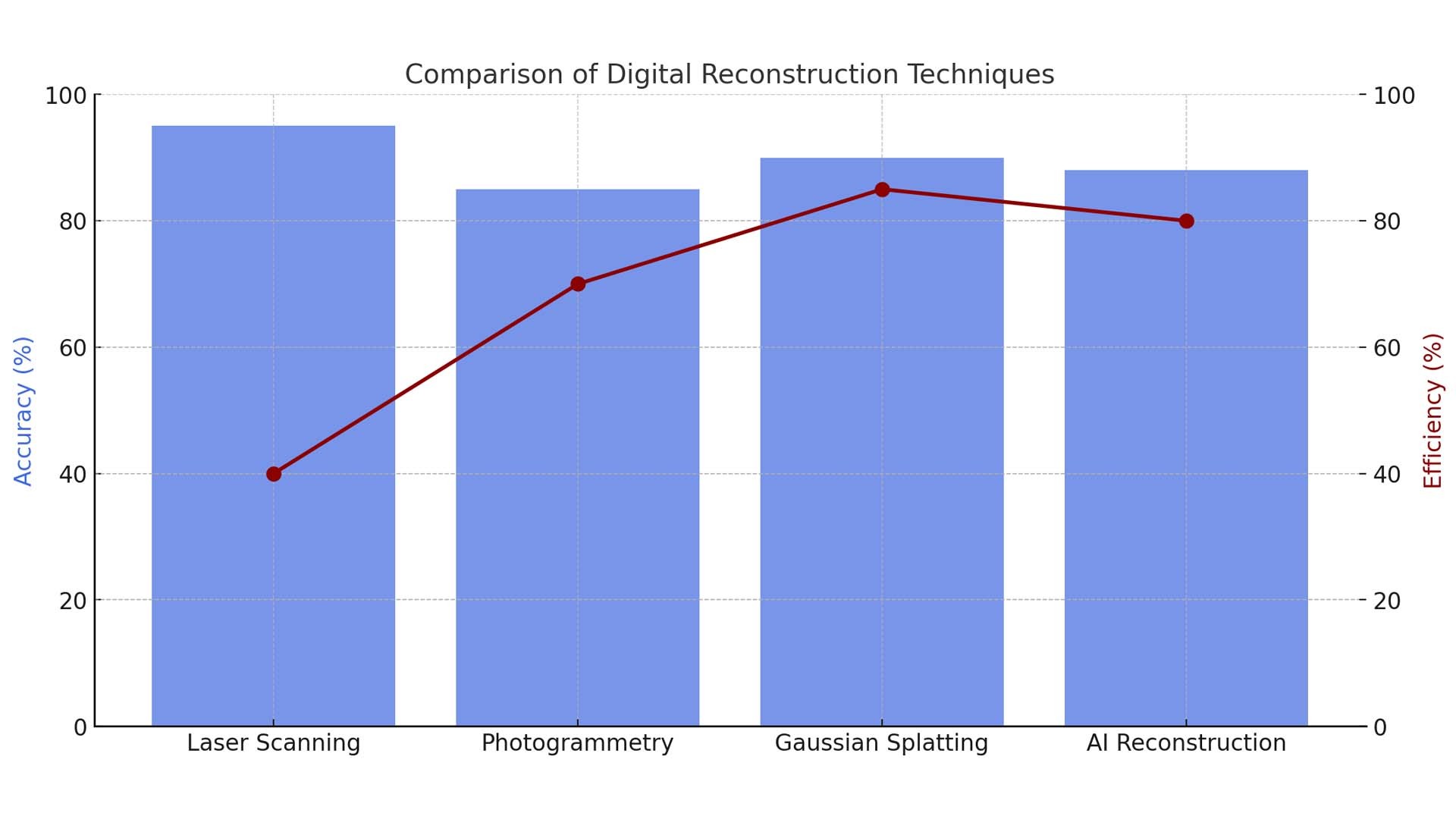
Diagram: Comparison of Digital Reconstruction Methods
Diagram © Ulrich Buckenlei Visoric GmbH | Use of AI for restoring destroyed architectural details.
Drones and Robots in Digital Surveying
The use of autonomous drones and robots has significantly accelerated the restoration work. Equipped with high-resolution cameras, these systems capture hard-to-reach areas of the cathedral and provide crucial data for digital reconstruction.
- High-precision surveying: Drones create detailed 3D maps of damaged structures.
- Automated analysis: AI processes the collected data and supports restorers.
- Virtual testing: Digital models simulate potential restoration measures.
Invitation to Collaborate
Digital technologies for the restoration of Notre-Dame demonstrate the immense potential of AI and 3D scanning. Visoric supports companies in utilizing these innovations for their projects.
- Consulting: Strategies for using AI and digital twins.
- Technology integration: Implementation of cutting-edge 3D scanning technologies.
- Data processing: Efficient use of digital twins for industrial applications.
Contact us and shape the future of digital reconstruction with us!
Contact Persons:
Ulrich Buckenlei (Creative Director)
Mobile: +49 152 53532871
Email: ulrich.buckenlei@visoric.com
Nataliya Daniltseva (Project Manager)
Mobile: +49 176 72805705
Email: nataliya.daniltseva@visoric.com
Address:
VISORIC GmbH
Bayerstraße 13
D-80335 Munich


